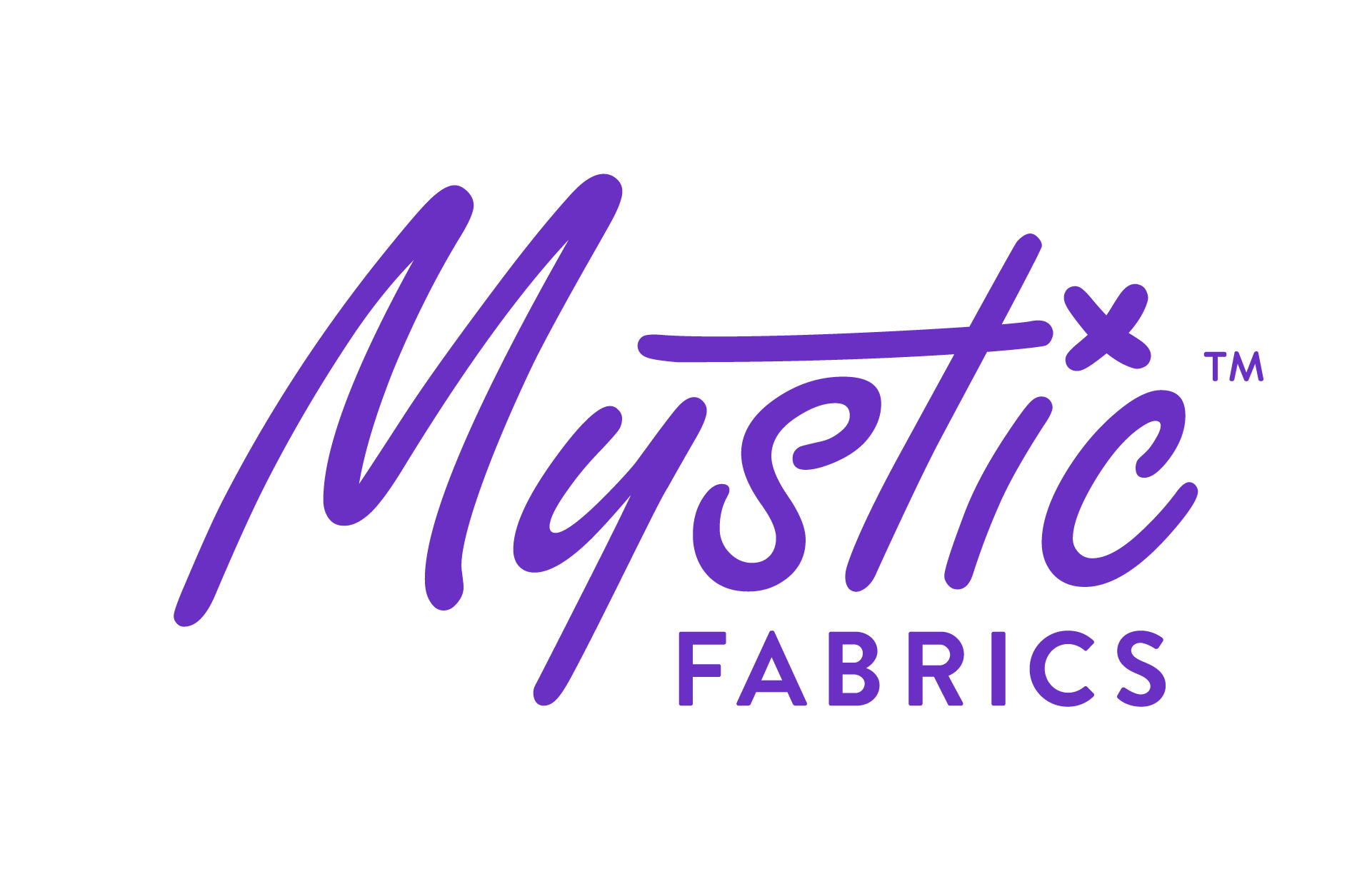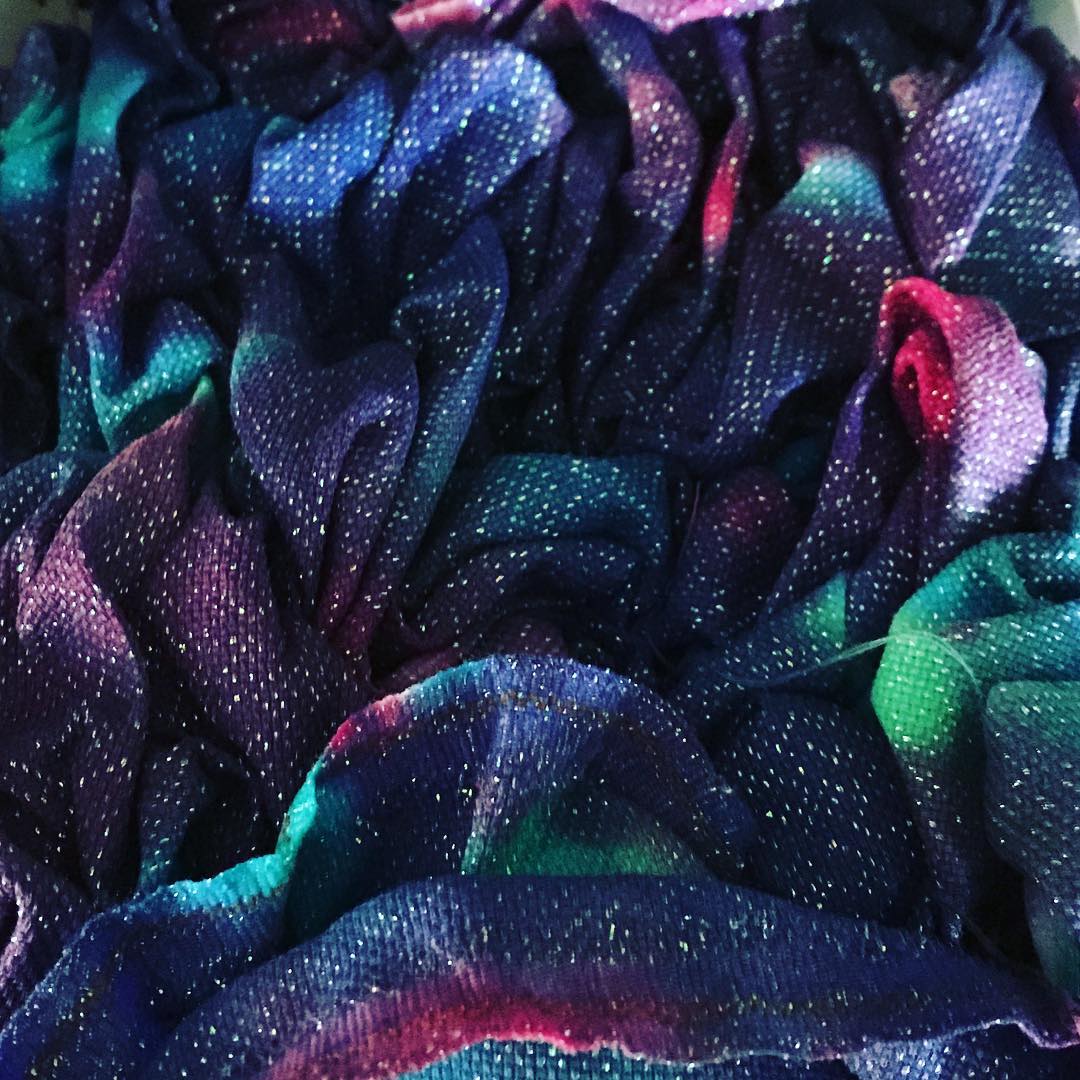
What you need
- I use a small white dish tub. Sinks can have grease from food, so I have always used a small dish tub. Plus, you can buy them in white so you can watch for excess bleeding.
- Dawn dish soap. Fairy Liquid in the UK is supposed to be similar. If you don’t have access to Dawn, use a premium grease fighting dish soap. If it gets bacon grease out of a pan, it will remove hand oils.
- 2 fluffy towels
- Iron and an ironing board or ironing mat.
Run a cold-water bath with a couple drops of Blue Dawn dish soap.
Do not use:
- Soap with lotion or moisturizers
- Every time I hear that DMC floss has bled, they used Woolite. Don’t take the chance. I don’t know what is in there that makes the floss bleed, but it does.
- Hot water. Hot water releases dye. It releases dye BETTER than dye removing soaps. Cold water only.
Before you start, set your first fluffy towel next to your sink so it is close.
Drop your FFO in the cold soapy water and swish around. With my fabrics, you may see a bit of coloration in the water. This happens to me too. I just swish around for a minute or two, then remove the piece. Dawn soap is used to remove hand oils. IMO, that’s really going to be the main reason you wash. The second reason I wash is to help fluff the stitches.
When you feel like the piece is clean, rinse well. Again, cold water.
Now, some people are soakers. If you feel your work is extra dirty and needs a long bath, you can soak. But if you do, use a color catcher. This way, if your fabric or floss bleeds, it will be attracted to the sheet and not somewhere else on your work. All other rules apply. Soaks are in cold water too.
Next, lay the piece face down on the towel. I don’t roll the piece. I press down on the back with my hands and the towel does the work soaking up the excess water. You only need to remove the drips. The piece will be dried in a sec.
Take the damp piece to your iron, place face down on a dry fluffy towel. Keep the towel folded in half if you can. The more padding the better. (You still need an ironing board or iron mat underneath for heat protection.) Iron on Cotton or Linen setting (depending what fabric). I iron all non-opal on Linen and opals on Cotton. It is going to steam like crazy. Its ok. Keep the iron moving. The heat will steam most of the water out. Do this until the piece is dry or mostly dry. I iron mine until they are completely dry. Changing to a dry towel will help finish off the rest of the moisture. Now flip that FFO over and check out the stitches. The combination of the heat, steam, and fluffy towel will really make your stitches stand up. Its amazing how much better they look after this trick.
When you are finished, place on a towel and let sit overnight. Even though it seems dry, there will still be a little moisture left hidden in the floss. After it sits overnight, go over the back one ore time with an iron to ensure all wrinkles are gone.
Notes. I had one piece bleed. It was hand dyed silks. It was the reds. Its always the reds. Anyway, this particular piece, I was in a hurry and did not steam the back until the piece was dry. I think the time it sat drying is when it bled. It did not bleed in the water, only on the fabric around the floss.
If you find a piece that has bled, try this. I saw this in a Cross Stitch group.
Soak piece overnight in Dawn and cold water with a color catcher. That it. That seems to be the best way to get the bleeding out. Don’t use vinegar or bleach or whatever. Just soak it longer. Dye has to be set. It may bleed, but it should come out as long as you don’t set the dye. So Dan should be plenty enough to get it out if it ever does happen.
Keep in mind, darker fabrics are more prone to bleeding. Also, all reds, this includes purple. Those seem to wash out the worst. Always be careful with those colors.

